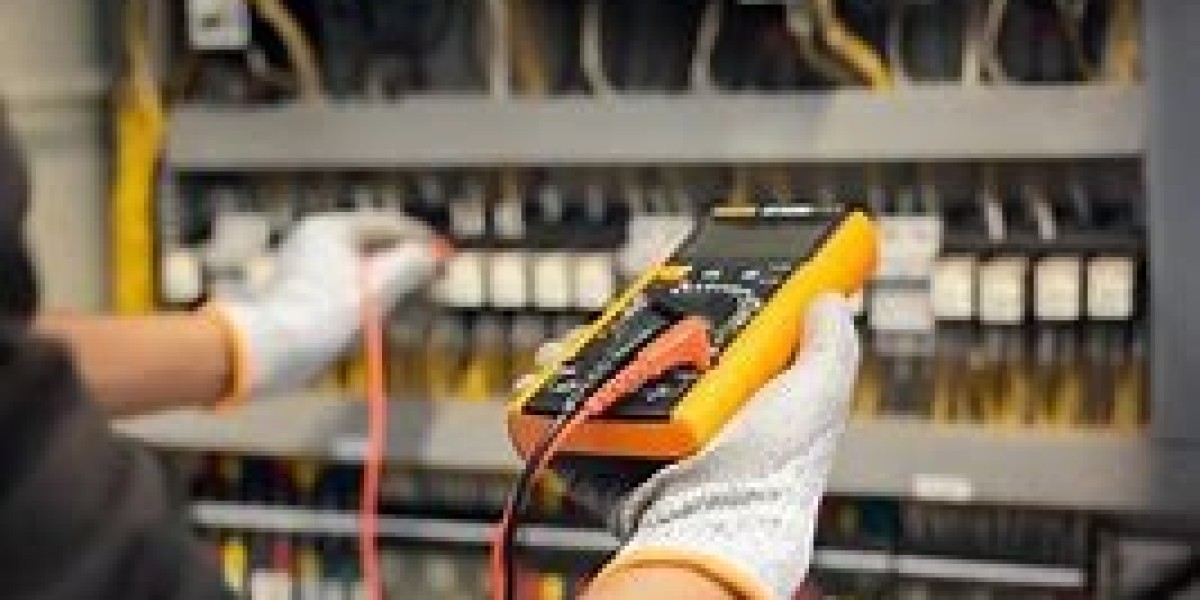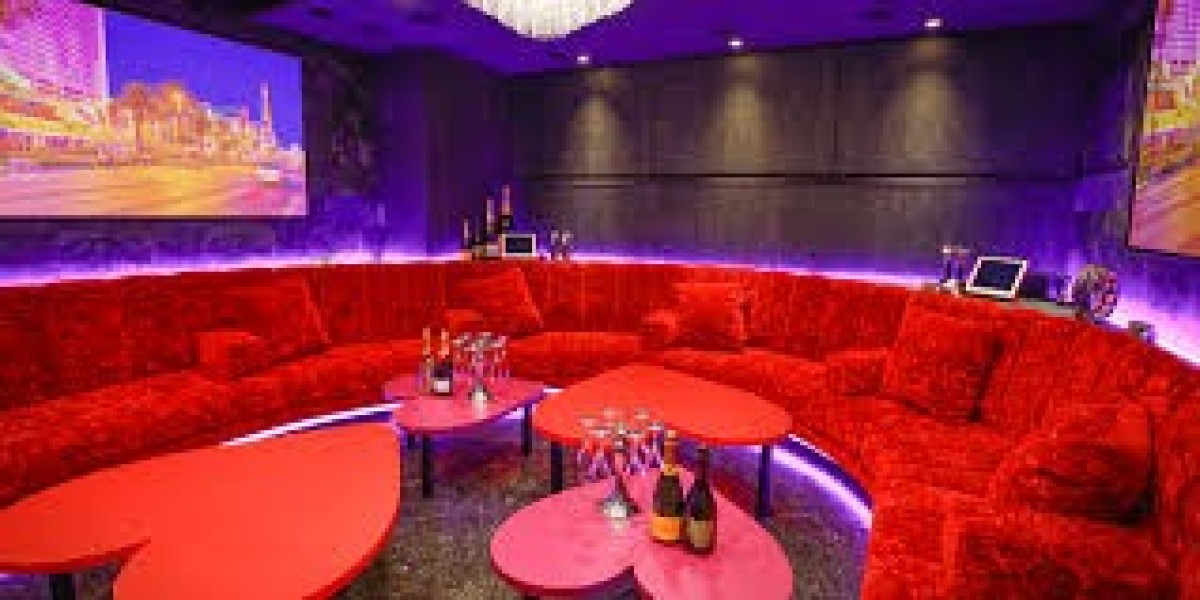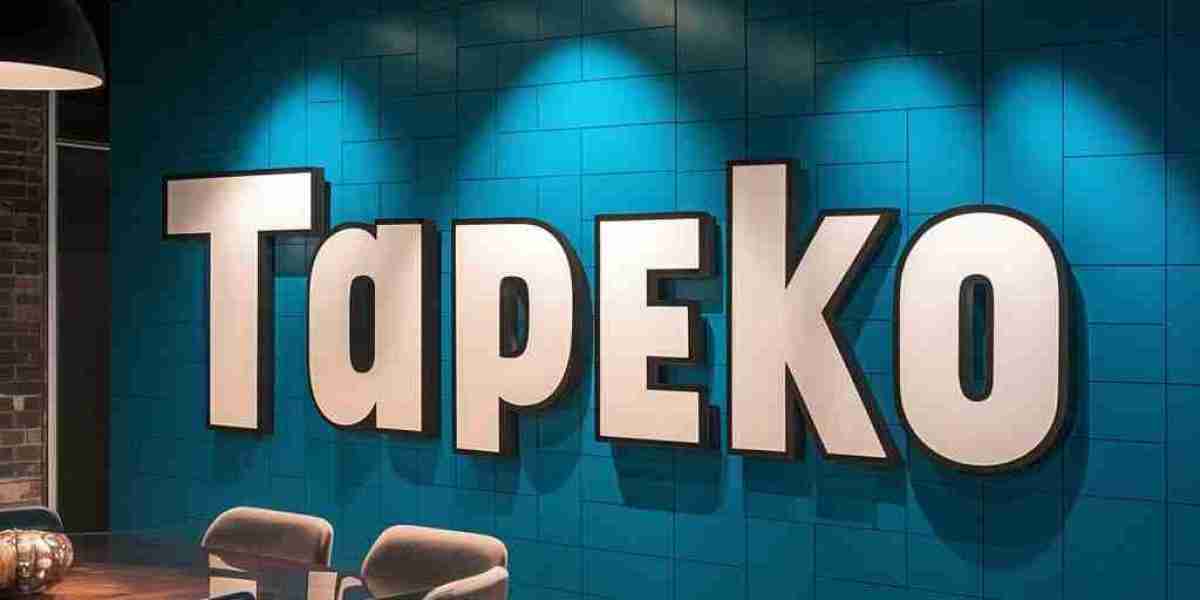As we look towards 2025, the importance of making environmentally conscious and economically sound decisions continues to grow, especially in how we use energy in our homes and businesses. One area where this has become increasingly evident is lighting. Traditional incandescent and fluorescent bulbs are gradually being replaced by energy-efficient solutions, and the frontrunner in this revolution is LED lighting. The benefits of LED technology, particularly in terms of energy savings, longevity, and environmental impact, make it a smart choice for both residential and commercial applications.
In this article, we will explore why LED lighting is the smart choice for homes and businesses in 2025, with a closer look at the various advantages that LED technology offers. From cost savings to sustainability, LED lighting stands out as a future-proof option that is here to stay.
- Energy Efficiency and Cost Savings
One of the most compelling reasons why LED lighting is becoming the go-to choice for homes and businesses is its energy efficiency. Compared to traditional incandescent bulbs, LEDs use up to 80% less energy. This drastic reduction in energy consumption leads to significant savings on electricity bills. For example, if a business or household replaces its incandescent lighting with LED alternatives, it can see a reduction of up to 90% in lighting-related energy costs.
According to the U.S. Department of Energy, residential LED lighting can save homeowners an average of $75 per year for each 10 bulbs replaced. When scaled up, these savings are even more pronounced in commercial and industrial settings. For businesses, the switch to LED lighting can translate into hundreds, or even thousands, of dollars in annual savings on energy costs.
Furthermore, LEDs have a much lower heat output than incandescent or fluorescent lighting. This not only reduces the need for air conditioning but also prevents the heat buildup that can cause damage to other materials or create safety concerns. As energy costs continue to rise globally, LED lighting offers a strategic way to mitigate these expenses.
For more details on how LED lighting can benefit energy consumption, check out the U.S. Department of Energy's overview of LED lighting here.
- Longer Lifespan
Another major advantage of LED lighting over traditional light sources is its longevity. LED bulbs have a lifespan that is 25 to 50 times longer than that of incandescent bulbs, and up to 10 times longer than compact fluorescent lamps (CFLs). This means fewer bulb replacements, less waste, and fewer disruptions to daily life, whether at home or in the workplace.
On average, an LED bulb can last anywhere from 15,000 to 50,000 hours, depending on the quality of the bulb and the operating conditions. This longevity is due to the solid-state nature of LEDs, which don’t have filaments or glass that can break or burn out like incandescent bulbs. This makes them much more durable and reliable, even in harsh environments.
For homes, the reduced need for bulb replacements means less hassle and cost over time. In businesses, especially in large-scale commercial settings or in places with difficult-to-reach fixtures, the long lifespan of LED bulbs can result in considerable savings on labor and maintenance costs. In fact, according to the National Renewable Energy Laboratory (NREL), businesses that switch to LEDs can reduce their lighting maintenance costs by as much as 90%.
Moreover, the reduced frequency of replacement means less waste in landfills, making LEDs a more sustainable option in the long run. As society increasingly prioritizes sustainability, the longevity of LED lighting fits perfectly with green building practices and eco-friendly initiatives.
- Environmental Benefits
Sustainability has become a key priority for businesses and homeowners alike in recent years. As awareness about climate change and resource depletion grows, there is a greater push for energy-efficient and environmentally friendly solutions. LED lighting is one of the most sustainable lighting technologies available today, and its widespread adoption plays a significant role in reducing carbon footprints globally.
LED lights contain no harmful materials such as mercury, which is commonly found in fluorescent bulbs. This makes LEDs safer to use and dispose of, as there is no risk of toxic contamination. Additionally, the energy efficiency of LED lighting directly contributes to reducing greenhouse gas emissions. According to the U.S. Environmental Protection Agency (EPA), replacing just one incandescent bulb with an LED can prevent over 500 pounds of carbon dioxide (CO2) emissions over its lifetime.
As the world moves toward more stringent environmental regulations and carbon reduction targets, adopting LED lighting is an easy and effective way for both homes and businesses to reduce their environmental impact. Many green building certifications, such as LEED (Leadership in Energy and Environmental Design), reward buildings that incorporate energy-efficient technologies like LEDs, further incentivizing their adoption.
- Improved Light Quality and Versatility
LEDs are not only energy-efficient and long-lasting, but they also offer superior light quality compared to traditional lighting options. LEDs provide bright, uniform light that can be customized in terms of color temperature, from warm to cool light. This versatility allows homeowners and businesses to create the ideal lighting atmosphere for different environments and activities.
In addition, LEDs do not emit ultraviolet (UV) radiation, which can cause fading in fabrics and other materials over time. This makes them ideal for spaces where delicate items such as artwork or textiles are present. Businesses in the retail and hospitality industries can benefit from the high-quality, non-damaging light that enhances the appearance of their products and spaces.
LED lights are also highly directional, meaning they can focus light exactly where it's needed, reducing wasted light and enhancing efficiency. This feature makes LEDs perfect for task lighting or accent lighting, such as in offices, kitchens, or retail displays. Moreover, because they can be dimmed, LEDs allow users to adjust the lighting to suit different times of the day or specific needs, enhancing comfort and functionality.
- Smart Technology Integration
As we move toward 2025, the integration of smart technology in homes and businesses will continue to expand. LED lighting systems are fully compatible with smart home devices, allowing users to control their lighting remotely through smartphones or voice commands. This ability to customize lighting schedules, adjust brightness, and even change colors provides a level of convenience and control that traditional lighting simply cannot match.
In commercial settings, smart LED lighting can be integrated with building automation systems to further optimize energy use. For instance, lighting can be programmed to turn on or off based on occupancy, or dimmed based on the amount of natural light in a room. This kind of automation not only enhances comfort but also results in even more energy savings.
For businesses looking to maximize energy efficiency, smart LED systems offer the opportunity to monitor energy consumption in real-time and make data-driven decisions to optimize performance. The added convenience and functionality of smart LED systems make them an attractive choice for tech-savvy homeowners and businesses alike.
- Government Incentives and Regulations
Governments around the world are increasingly encouraging the adoption of energy-efficient technologies through incentives, rebates, and regulations. In many countries, consumers and businesses can take advantage of tax breaks or financial incentives for switching to LED lighting, making the initial investment even more attractive.
Additionally, as more cities and countries set ambitious sustainability goals, regulations around energy consumption and building standards are tightening. LED lighting, with its low energy consumption and minimal environmental impact, meets these growing demands for energy-efficient solutions. In many places, LED lighting is becoming a required standard in new buildings and renovations, further solidifying its role as the smart choice for the future.
Conclusion
In 2025, LED lighting is more than just a trend – it is a smart, sustainable, and cost-effective solution for both homes and businesses. With its unparalleled energy efficiency, long lifespan, environmental benefits, and integration with smart technologies, LED lighting is poised to continue its dominance in the lighting industry. Whether you're looking to reduce your energy bills, improve your home’s lighting quality, or make a positive impact on the environment, switching to LEDs is the intelligent choice. As technology advances and the world becomes more focused on sustainability, LED lighting will remain a key component of the future of energy-efficient lighting.
For more on how LED lighting can benefit businesses and homeowners, visit the U.S. Department of Energy’s LED Lighting section here.



